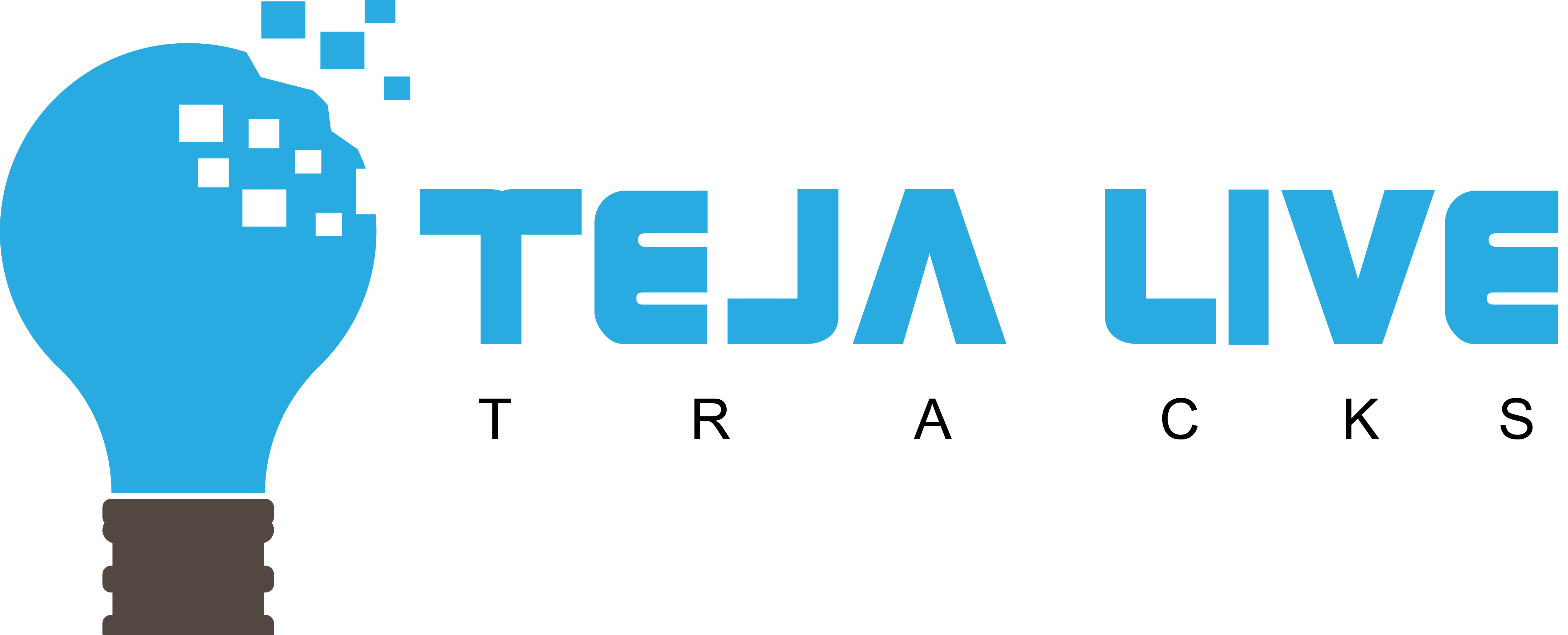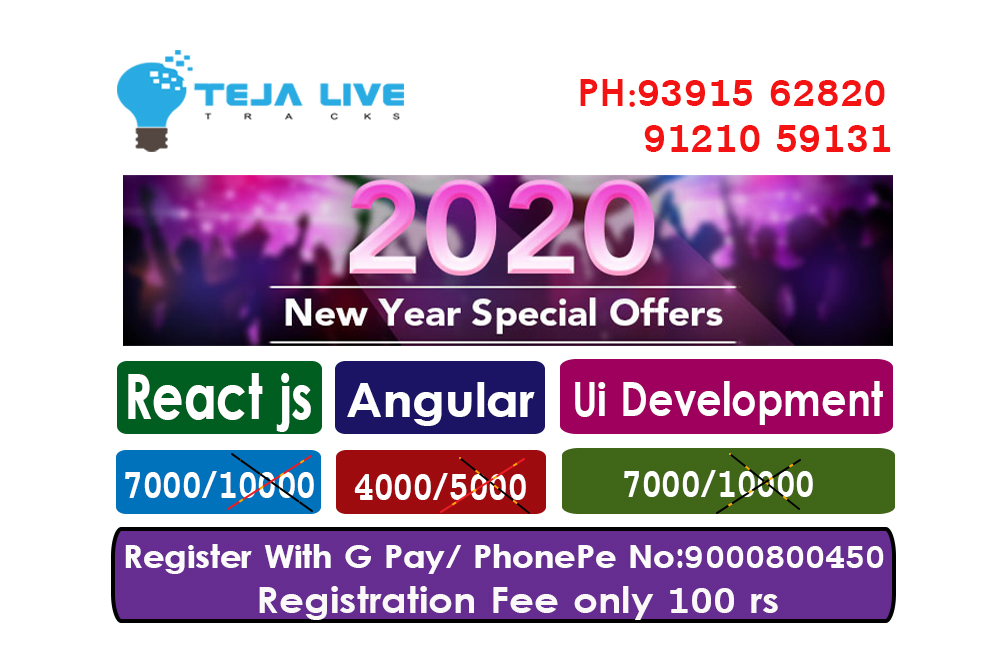PegaTraining in Hyderabad
The goal of Pega Training course is to provide developers easy and complete understanding of the Pega with our Class Room Training. The Pega Training course provides a series of sessions & Lab Assignments which introduce and explain Pega features that are used to code, debug and deploy Pega. Pega courseTraining in Hyderabad. Pega training in Hyderabad Ameerpet.
What is Pega?
Pega is a Business Process Management tool. It is developed on Java and uses OOP and java concepts. PEGA helps to build an application automatically without any coding skills. The main focus in PEGA is on automation of works and program code, i.e., using Pega we don’t have to build the system from the scratch like any conventional programming.
Industry experts recognized Pega’s integrated offering as a leader in CRM, BPM, case management and business rules. Using Pega, we design the Business Process Flow and decide the functionality we need to the flow.
What is Pega PRPC?
PRPC (PegaRULES Process Commander) is a software product created, licensed, and marketed by Pegasystems Inc. (PEGA). PRPC is the core component of Pegasystems’s “SmartBPM” suit of BPM (Business Process Management) solutions.
What is the use of Pega?
The main focus in PEGA is on automation of works and program code. Pega can significantly cuts implementation time, costs and risks while enabling rapid response to change. Pega even has the best in class Software Configuration Management System built in it. It has been proved that an application development in Pega takes only one-third of an effort when compared to Java.
Career Scope for Pega
Pega is leading right now in the IT market and there are huge job opportunities waiting for the professionals to be occupied. In the present state Pega industry has a high demand but there is shortage for professionals. Hence Pega professionals are one of the highly paid in the market.
Pega Latest Version
Pega has released version 7 in September 2013 and it has a completely new look and feel — paired with enhanced performance — that increases both developer and end-user experience. Pega applications are built on the Pega 7 platform, which uses an array of visual tools to easily extend and alter applications to tailor them to each client’s individual needs.
Pega 7 Key Features:
- Stage-Based Case Management
- Developer friendly Designer Studio
- Responsive User Interface
- Quantum Leap in Data Management
- High Availability and Multitenancy
- Enhanced Direct Capture of Objectives
PEGA Course Content.
Understanding Core Part of PEGA PRPC
1) PEGA BPM Demo.
2) About PRPC IDE, Operators (Logins)
3) Creating a new Application using application Wizard.
4) Class Group and Its importance, Understanding Class Group and Predefined Classes in PEGA.
5) Inheritance in PEGA and its Types, Direct and Pattern Inheritance.
Working with User Interface in PEGA
6) Web Page Creating and Excecuting its execution using a flow.
I. Understanding Property and Property rule form.
II. Understanding User Interface Design Using Sections.
III. Understanding Flow Action.
IV. Understanding PRPC Process Flows.
V. Creating a Work Object and Understanding the Work Object.
VI. Changing the WO Status using Assignment Shape.
7) Understanding the Debugging Tools.
I. Clipboard.
II. Where Am I?
III. Understanding the System Created User Page ‘pyWorkPage’.
8) Creating a UI Form, Displaying the Layout and controls conditionally.
I. Creating a Multi Layout Section.
II. Creating a Section with Dynamic and Free Form Layouts.
III. Understanding ‘When’ Condition.
IV. Creating and Using When rule in the Visibility of layouts and properties.
Working with Business Logic in PEGA
9) Introduction to Business Logic by Using Activity.
I. Creating Activity.
II. Understanding User Pages, steps and Basic Methods in Activities like Page-New,
Property-Set, Page-Remove, and Show-Page.
III. Visiting the Debugging Tool ‘Tracer’ and Understanding the Tracer.
Working with Instructions in Activity
10) Calling One Activity from another activity by using Call and Branch Instructions.
I. Understanding the Difference between Call and Branch Instructions.
II. Using and Understanding the Difference between Exit-Activity & End-Activity Methods.
III. Calling or Invoking a Flow from Activity.
IV. Parameters in activities and passing parameters from one activity to another activity.
V. Understanding the parameter page on Tracer.
11) Creating Data Storage Rules, Data tables. Complete Understanding of
I. What is ‘Does not belong to Class Group’?
II. Difference between Obj-Save-Cancel and Rollback Methods.
III. What is ‘Data-‘predefined class and its importance? Understanding Data Layer and Work
Layer.
IV. Physical PR Table and pzInsKey, Test Connection of Class rule Form.
Revising UI rules to Ingrate User Interface with Activities (Business Logic)
12) Working with Data Storage Rules using the Activity Obj-Methods.
I. Obj-Browse. Implementing pxDropDown, populating the values into a drop down from a
Data Storage Rule. Implementing Cascading Dropdown controls.
13) Understanding and Working with Expression Builder.
II. Obj-Save. Understanding of Write Now Check Box, Commit Methods and Difference b/w
Write Now and Commit Methods. Generating the Primary Key using Expression Builder.
III. Obj-Open using primary key & Obj-Open-by-Handle using pzInsKey. Explanation of Difference between Obj-Open & Obj-Open-By-Handle and when
to t use what method. Working with Operator Table by understanding OperatorID Page and DataAdmin-DB-Operator
Class. Working with Rule Data form to learn to get pzInsKey of any rule in PEGA.
14) Introducing Data Transform
I. Customizing the OOTB Data Transform pyDefault.
II. Working with Data Transform.
III. Defaulting Values to Properties using DTF.
IV. Updating One Page Data to Another page Using DTF.
V. Difference Between activity and DTF.
VI. Complete understanding of When to use activity and when to use Data
Transforms
VII. Revisiting activity to understand precondition and Transition and Expression
builder.
15) Working with Declarative Rule by integrating with business appliacation.
I. Declare Expressions. Forward Chaining & Backward Chaining.
II. Declare Constraints.
III. Declare On Change. Working with Property-Set and Page-Set-Messages Methods.
Difference between these two methods.
IV. Declare Trigger.
V. Declare Pages.
VI. Declare Index.
16) Introducing Rule Set and Versioning of Rules.
I. Rules, Rule Set and Versioning.
II. How to create a new rule-set version.
III. Bulk Check-in of the Rules.
IV. How to lock a rule set version.
V. Rule Set and Prerequisites.
Here After Your Application Development will proceed a way of ‘Enhancing the Application and
Creating different Version of the rules.
17) Revisiting the Flow Rules.
I. Types of Flows, Process Flow, Sub Flow and Screen Flows.
II. Understanding of When to Use Screen Flows Over Process Flows, Explanation of Save on
Last Step Option in screen flow.
III. Invoking a Sub Flow or Screen Flow from Process Flow using Sub Process Shape.
IV. Understanding Spin Off.
18) Understanding of Decision Rules and integrating these in the business application development.
I. Decision Table, Decision Tree Calling a Decision table from or Tree From Decision Shape of Flow, Activity and Declare Expression. Differences between Decision table and Decision tree, when to use what. Discussion of How to return multiple properties from a decision table or tree. Discussion of Map Value. Using Fork in Decision Shape of Flow.
Advanced User Interface Concepts and Working with OOTB (Out Of the Box Rules)
19) Flow Action and It’s Types.
I. Connector Flow Action and Local Actions.
II. Working with Local Actions. Local Action as a Pop-up and Flow-Wide Local Actions.
III. Working with Attachments, Understanding attachment Tables and Work
Object attachment classes.
IV. Reusing the predefined sections to display attachments into our screens.
20) Harness & its Types.
I. Understanding and working with New, Perform, confirm and Review Harness.
II. Customizing the all the above harness rules.
III. Understanding OOTB Sections pyActionArea & pzActionAreaButtons.
IV. Learning to customize the submit button and Hide it.
21) Dynamic System Settings & Revisiting the Expression builder.
22) Email Integration & Working with Outbound Email Integration.
I. Understanding Correspondence, Types of Correspondence and configuring the
parameters using DSS.
II. Working with OOTB email Activity and Working with correspondence Smart Shape.
23) Revisiting the Operator, Creating our own operators.
I. Complete Understanding of Operator, Access Group, Application, Rule Set and Rules
Relationship.
II. Operators with Different Access Groups.
24) Routing & Integrating Routing into our Application.
I. Types of routing.
II. Routing to Work list.
25) Understanding of Operator, Work Group, Work Basket relationship.
I. Creating Work Groups.
II. Creating Work Baksets.
III. Routing to Workbasket
IV. Conditional routing to Work list or Workbasket using Status of the WO.
V. Giving Work basket access to User Portal.
26) Service Level Agreement in PEGA (SLA).
I. Understanding SLA, Types of SLA.
II. Understanding pySLAName property in pyDefault Activity.
III. SLA, Urgency and Time Intervals.
IV. Understanding Escalation Activity.
27) Agents.
I. Types of Agents, Modes of Agents, Agent Time Intervals.
II. Creating Agents.
III. Working with Standard and Advanced Agents and integrating with email Activities.
IV. Understanding Agent Queue.
V. Entering the items into agent Queue using the Method Queue-For-Agent and Using the
OOTB Activity QueueForAgent.
VI. Differences between Standard and Advanced Agents.
VII. When to use what mode of Agent?
VIII.Understanding Agent Access Group.
28) Working with External Data Base.
I. Creating external DB and Tables.
II. Integrating PRPC with External DB.
III. Using Connect SQL Rule to access the Data from External Tables.
IV. Using RDB-Methods, RDB-List, RDB-Open, RDB-Save and RDB-Delete.
V. Understanding when to use Obj Methods and When to use RDB Methods.
29) Working with Connect-SOAP.
I. Consuming a web application using SOAP protocol from PRPC application.
II. Creating and Understanding XML Stream and Parse XML rules.
III. Using Apply-Parse-XML Method.
IV. Understanding of Simulations.
30) Working with Service-SOAP.
I. Creating our Own Service using SOAP Protocol and consuming it From the Application.
II. Understanding the properties pySOAPError, pyStatusMessage, pyStatus.
31) Exception Handling in PEGA.
I. Error Handler Flows in SOAP and Connect SQL Rules.
II. Exception handling in activity steps using Transition.
III. Understanding and using the OOTB when rules Step Status fail, step status good and
step status warn.
32) Working with File Listener.
I. Creating a Service Package Rules.
II. Creating Service-file Rule
III. Creating a File-Listener rule.
IV. Implementing a scenario with File Listener to load the Data From file listener into PRPC
application and process it.
V. Understanding Listener acidity and Parse Key.
VI. Understanding the Listener processing.
33) Likely hood, Spin Off Flow, Split Join And Split For each.
34. Rule Resolution Algorithm with Explanation.
I. Rule Availability.
II. Rule Cache.
III. Class Hierarchy.
35) Enterprise Class Structure Explanation.
I. Frame Work Layer
II. Implementation Layer
III. Organization Layer
IV. Division Layer
V. Integration Layer
VI. Data Layer.
36) Security in PEGA
I. Access role Name
II. Access Role to Objects
III. Access When
IV. Access Groups.
V. Privileges
37) Deployment Process.
I. Product rule Creation.
II. Creating a deployable ZIP File.
III. Deployment import process and importing.
38) Merging of Rule set versions.
I. Major skimming.
II. Minor Skimming.
III. Revisiting Rue Resolution with respect to skimming.
IV. Types of rule sets.
V. Rule Deligation.
Real Time Implementation.
1) Enterprise Application Architecture.
2) Methodology and Project Process Explanation.
3) Explanation of How an Application gets triggered In Live (Production) environment.
I. Dev, Integration , UAT (User Acceptance Testing) and Production Servers
Explanation.
II. Intermediate Servers, LDAP, SSO, Web.XML, prweb, PRServlet relation.
III. Authentication and Authorization process in PEGA.
IV. Authentication Service, Auth Activity, Operator Access Verification in PEGA.
Real Time Training w.r.to Process.
1) Real Time Process, Team Structure, Assigning of Requirements, Requirement Gathering
tools, Deployment Process, Deployment Tools and Approvals.
Pega Training in Hyderabad
Pega Online Training Institutes in Ameerpet |Pega online training in hyderabad Ameerpet Telangana
Pega Training in Hyderabad Ameerpet
Pega class in hyderabad
Pega Training Hyderabad Telangana
Pega course institutes in hyderabad
Pega jobs in Hyderabad
Pega Course Fee in Hyderabad


